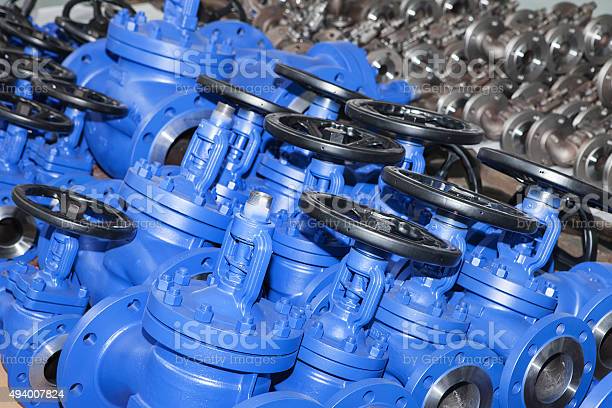The Difference Between Forging and Casting Valves

Valves are a great piece of industrial equipment. They make it possible to control the flow of gases and fluids. They close off certain parts of the system in case maintenance is needed. Nonetheless, no valve is the best option in every situation. Cast-steel valves were the first to hit the market. People got used to cast-iron valves. They were great because they were quick to manufacture, cost-efficient, and high-quality.
Later, forged valves entered the market, introducing new dynamics and sparking the debate over whether forging or casting was superior. Forged steel valves are long-lasting, robust, and perform exceedingly well. In addition, they are suitable for high-pressure and high-temperature applications.
A forged steel valves distributor near you may have the valve you want, but we must delve deeper to understand forged and casted valves. Only then can you pick out which valves are best for your system.
Casting Valves
Casting is melting metal and then molding it into a desired shape. Steel casting valves have been dominantly used since they offer longevity, strength, less wear, and quality.
Since these valves are made using molds, it is easy to create complex valves with intricate details. Making them any size is easy, and can have several components in one valve. They are easily adaptable to any use case. Depending on the application, cast valves are made using quality metals such as steel or alloys.
Types of Casting
Casting is the process of using molten metal and pouring it into a mold so that it takes the shape of the mold. There are different types of molding. They include:
- Sand casting
- Pressure casting
- Investment casting
- Gravity casting
- Low-pressure casting
- Shell mold casting
- Cavityless casting
Each type of casting has its ideal use case. For instance, sand casting is the preferred method to make steel-cast valves.
Investment casting, on the other hand, is used to make more intricate calves. The mold is made using hard wax, loft form, lost wax, or a similar material. The wax is shaped into the desired mold before being dipped in molten metal until it takes on the shape and hardens. The wax is then molten, leaving the casted shape behind.
Forging Valves
While forging, thermal energy is exerted on a solid metal block and then mechanically shaped into the desired form. This process produces exceptionally strong molds. Hence, the forged valves are robust and resilient.
Steel-forged valves are commonly used in the following industries:
- Mining processing
- Agriculture
- Stormwater plants,
- Automobile industry
- Livestock handling
- Aeronautics
- Brickworks
- Rendering plants
- Asphalt plants
- Power and water industry
- Pharmaceuticals
- Chemical industry
- Cosmetic industry
These valves are ideal for high-pressure, high-temperature situations. Nevertheless, these methods can only make small, intricate components and valves. Valves with many components are made differently. The different components are made separately and welded together.
Types of Forgings
While forging, the metal is broken down into small pieces and then heated till it is malleable. Once the metal is malleable, it’s transformed into the desired shape. Initially, the transformation was done using power hammering, but nowadays, there are hydraulic presses that make it easy to shape the malleable metal.
After being transformed into the desired shape, the valve is machined and heat treated before the finishing touches are applied.
There are three types of forging.
- Cold forging: The metal is malleable enough to be worked on at room temperature.
- Warm forging: The metal must be heated to temperatures ranging from 800 to 1000 degrees Celsius.
- Hot forging: The metal is heated between 1000 and 1300 degrees Celsius.
The forging to be used will depend on the type of metal being used to make the valve. In summary, when metal is forged, it is heated until it becomes pliable and is then shaped using mechanical forces, such as a press. In contrast, casting entails melting metal into a liquid state before pouring it into a mold, where it will harden into the desired shape. Both methods are useful in valve making.




